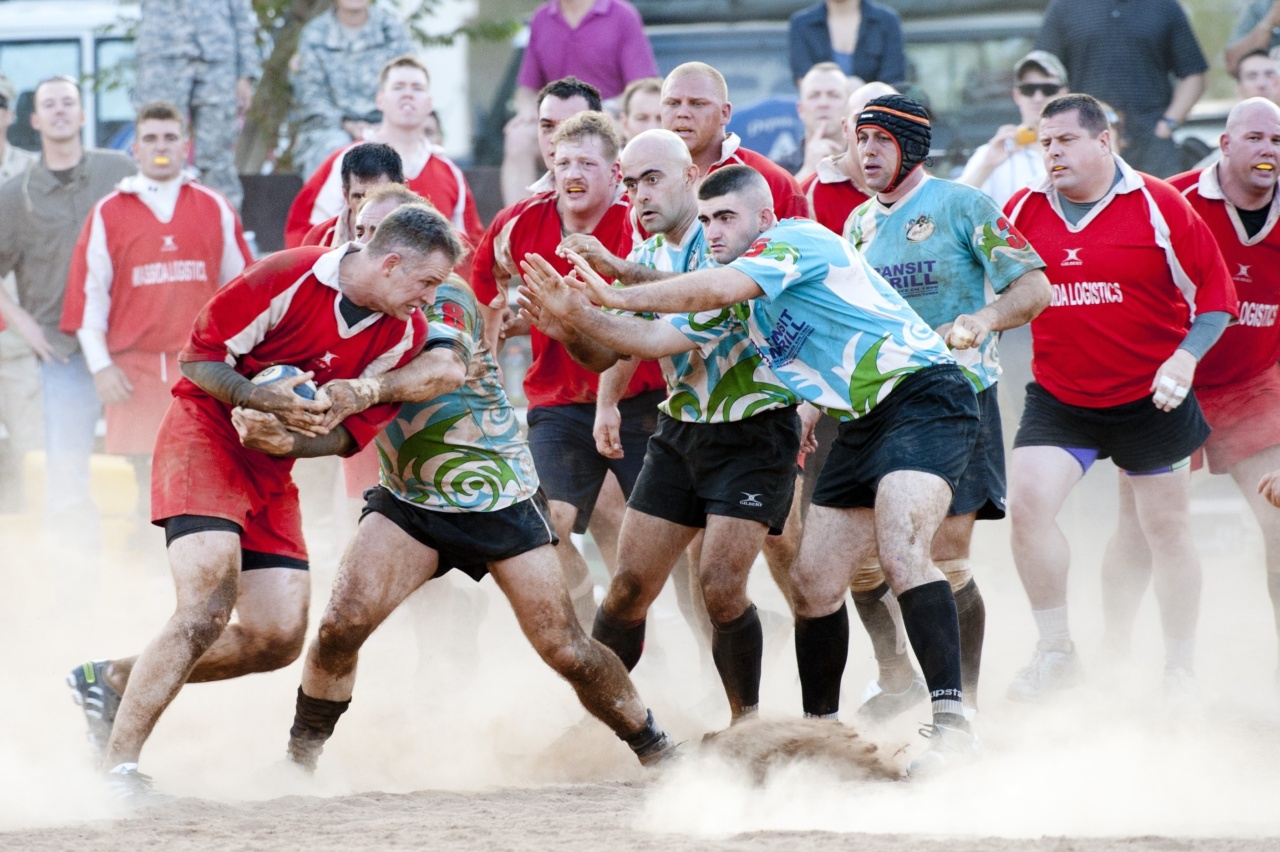Migraines are debilitating headaches that affect millions of people worldwide. They can be very disruptive, causing nausea, vomiting, and sensitivity to light and noise.
While medication can help reduce the pain, some people prefer to use non-medical methods to manage their migraines. Below are some of the most effective non-medical methods for tackling migraines.
1. Apply Heat or Cold
Applying heat or cold to the head and neck can help reduce the pain of a migraine. Some people find that applying a heat pad to the back of the neck or a cold pack to the forehead can provide relief. Others prefer to alternate between the two.
Experiment to see what works best for you.
2. Relaxation Techniques
Stress is a common trigger for migraines. Engaging in relaxation techniques such as yoga, meditation, or deep breathing can help decrease stress levels and reduce the frequency and severity of migraines.
These techniques help to calm the body and mind, reducing tension and stress that can cause migraines.
3. Exercise
Regular exercise can help prevent migraines from occurring. Exercise helps to reduce stress levels and increase oxygen flow, which can help reduce the frequency and severity of migraines.
However, it is important to start slowly and gradually build up an exercise routine, as sudden intense physical activity can trigger migraines.
4. Aromatherapy
Aromatherapy involves using essential oils to promote relaxation and reduce pain. Some essential oils, such as peppermint and lavender, have been shown to be effective in reducing the pain of migraines.
These oils can be applied topically or used in a diffuser, allowing the aroma to fill the room.
5. Acupuncture
Acupuncture involves inserting thin needles into specific points on the body to stimulate energy flow. This ancient Chinese technique has been shown to be effective in reducing the frequency and intensity of migraines.
Acupuncture can also help relieve stress and tension, which are common triggers for migraines.
6. Massage
Massage can be helpful in reducing tension and promoting relaxation. Regular massage can help reduce the frequency and intensity of migraines. A gentle head and neck massage can be especially effective in reducing the pain of migraines.
7. Diet and Hydration
Eating a healthy diet and staying well-hydrated can help prevent migraines. Avoiding trigger foods such as caffeine, chocolate, and alcohol can also be helpful.
Drinking plenty of water and eating a balanced diet can help reduce the frequency and intensity of migraines.
8. Sleep
Getting enough sleep is important for preventing migraines. Lack of sleep can cause stress and tension, which are common triggers for migraines.
Establishing a regular sleep routine and getting at least 7 hours of sleep per night can help reduce the frequency and intensity of migraines.
9. Biofeedback
Biofeedback involves using electronic devices to monitor physiological responses such as heart rate and muscle tension. This information can then be used to teach relaxation techniques and reduce stress levels.
Biofeedback has been shown to be effective in reducing the frequency and intensity of migraines.
10. Cognitive-Behavioral Therapy
Cognitive-behavioral therapy (CBT) involves changing negative thought patterns and behaviors to reduce stress and promote relaxation. CBT has been shown to be effective in reducing the frequency and intensity of migraines.
This type of therapy can help people identify and change negative thought patterns, reducing stress and promoting relaxation.































